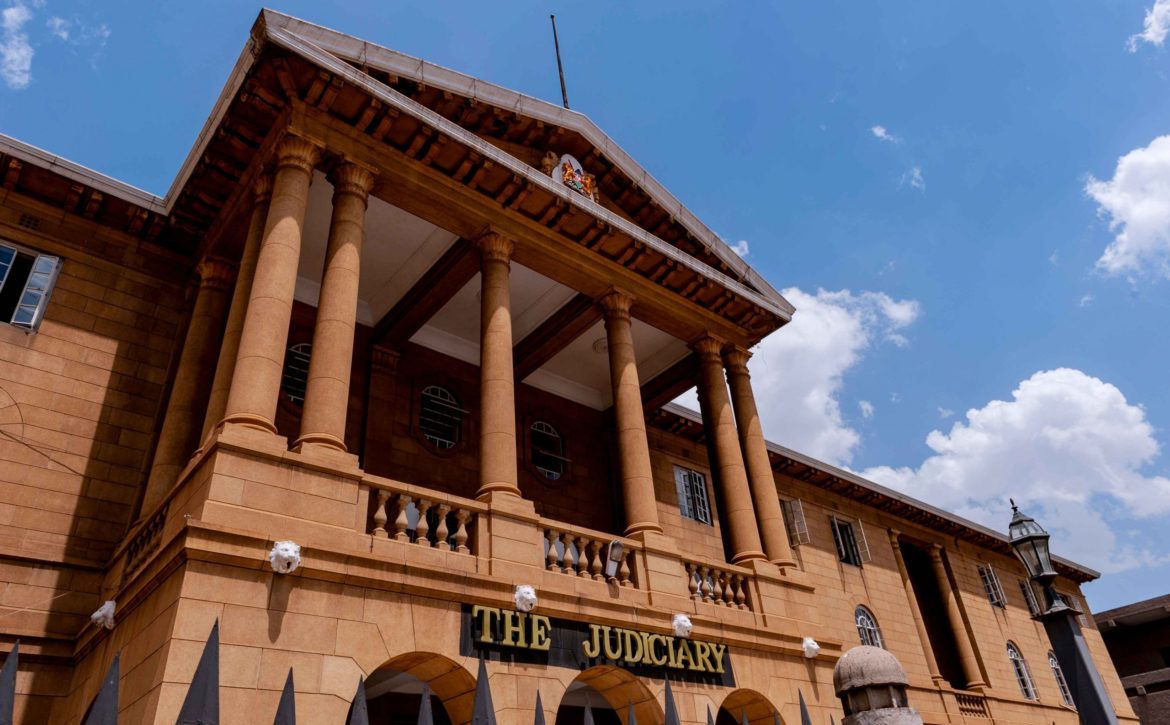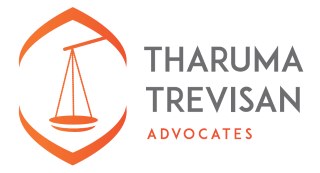
Peter John Kahia (suing as personal representative of the estate of the late Willingstone Kahia Njuguna) -vs- Stephen Kanyiaru Baceri & 2 Others (2018).
By Tracy Jebet LL.B.(Hons)
Facts.
The late Willingstone Kahia whose estate is being represented in this case included a piece of land known as GATAMAIYU/KAGAA/62 measuring 0.20 Acres.
Willingstone Kahia purchased the property on 22nd November, 1961. Immediately after purchase he sought to divert the road that passed through the land. Consequently, the late Willingstone took measures to divert the access road so as it would not pass through his homestead.
One of the measures he took was to write to the District Surveyor on 9th June, 1962 requesting them to inspect the new access road. There was no objection by the surveyor thus the road was diverted. Further, on 8th September 1992, he wrote a letter to the land registrar in Kiambu informing them of the new access road and requesting them to adopt it. The County Council of Kiambu did not object and advised him to make sure the changes were made.
Finally, he applied to the Land Control Board together with his neighbor (Miricah Wambui, mother to the defendants) for consent to have the Survey of Kenya adopt the plans for the new access road.
On 23rd February 1993, he died before the plans for the new access road were adopted by the Survey of Kenya. Despite the fact that the Survey of Kenya did not adopt the new plans, for over 50 years, the access road on the Survey map which passes through the homestead of the deceased has not been in use instead the community uses the new access road diverted by the deceased.
During this time, the access road appearing on the unchanged Survey map has been developed with permanent structures. On 12th June 2018, the family of the late Willingstone approached the court to take out letters of Administration so as to administer his estate when they found out about the plans made to adopt the new access road by the Survey of Kenya.
John Kahia, the personal representative of the estate wrote to the County Surveyor of Kiambu County requesting that the access road currently in use should be reflected in the survey plans. However, the Defendants, Steven Kanyiaru Baceri, Stephen Kanyaru Mumbi and Teresia Mumbi, blocked the current access road and dug deep holes on said road in an attempt to advocate for the use of the old access road which passes through the deceased homestead leading to destruction of permanent homes as well as a graveyard.
The Plaintiff filed suit against the Defendants on 17th August 2018 seeking for, Firstly, an order for a permanent injunction restraining the defendants, their agents, servants, employees and people working under them from entering, excavating or interfering in any other way with the current status of GATAMAIYU/KAGAA/62. Secondly, an order for a permanent injunction restraining the defendants, their agents, servants and employees from interfering with the current public access road. Finally, the adoption of the current plans of the access road by the survey of Kenya.
An interlocutory injunction order was granted by the court to prevent the defendants from interfering with the land of the plaintiff and was extended up until the end of the hearing.
Plaintiff’s Case.
That the defendants plan to construct an access road through the Plaintiff’s home would cause irreparable damage as it would cause the destruction of the houses built and the plaintiff’s family grave site which are all permanent structures and have sentimental value to all involved and have been in existence for more than 60 years.
That the current access road has been in use for 59 years and the construction of the new access road will disrupt the lives of the plaintiff, his family and the community in general.
That the residents of the area who have been using the current access road have not been consulted by the defendants with regards to creation of a new access road.
That the delay in adoption of the plans by the Survey of Kenya is neither as a result of negligence on nor failure to complete the required process for the adoption of the plans for the current access road.
That construction of a new access road would be an unnecessary financial burden on the county government since the current access road is in good condition and perfect for use and that the diversion of the current access road was done in together with Miricah.
That evidence produced by a report by a Surveyor from the County government of Kiambu recommended that the current road was in good condition and that it was not only motorable but also of much benefit to the community in terms of transportation.
Further, the plaintiff quoted the case of Giella v Cassman Brown (1973) which laid down the three elements needed in a case for injunction:
- The applicant has a prima facie case
- The applicant will suffer irreparable injury which cannot be compensated by award of damages.
- If there is doubt as to the first two, the court will look at a balance of convenience.
Plaintiff argued that, for a prima facie case, the court must see that there exists a right which has been infringed. The plaintiff is the absolute owner of the land parcel and thus construction of old access road would interfere with his rights. Further, the property also has sentimental value to the whole family.
Further, under irreparable injury the plaintiff relied on the case of Nguruman Limited -vs- Jan Bonde & 2 Others (2014) which stated that injury must be actual, substantial and demonstrable. The sentimental value of the structures on the land of the Plaintiff cannot be quantified materially and thus the injury would be irreparable. With regards to balance of convenience, the Plaintiff argued that the community will suffer greatly if the old access road is constructed thus there is need for the granting of relief to the Plaintiff.
Defendant’s case.
The Defendants argued that the correct access road is the one which passes through the late Willingstone’s land and that is has been so since her childhood and further that the whole community does not use the current access road.
That the local authorities were not consulted with regards to which of the access roads the community uses.
That they are not aware of any consent given by their mother for the diversion of the access road from the late Willingstone’s land.
That the Plaintiff wants to take her land as the diverted access road passes through her land.
That the threshold for granting a permanent injunction has not been met due to the fact that none of the Plaintiff’s rights have been violated as the access road has always passed through the Plaintiff’s land.
Judgement.
The Court found that the report by the surveyor gave a complete picture of how the situation was on the ground and that indeed the old access road had been abandoned and the current access road was the one in use.
That the issue affected more people than just the parties in the case. The surveyor’s report found that construction of the old access road was going to cause the demolition of houses of neighbors who are not party to the case.
Further, that the value of the road was great for the community as most residents were comfortable using it as it was accessible and in good condition.
That the court owes a duty to give effect that which is of public good and fosters peaceful co-existence among neighbors.
The Court noted that “this court will be failing in its duty to the public if it were to give effect to an unpopular position that would fuel animosity and endanger peaceful co-existence of the member of the public. Disrupting the status quo that has been working well for the citizens of a particular neighborhood is one way of fueling such animosity”.
That the Plaintiff proved that construction of the old access road would cause irreparable damage as it would destroy the permanent structures and graveyard on the land which have sentimental value of which no scientific quantification can be made thus proving the first two elements needed for a permanent injunction.
Ultimately, the court granted the three prayers requested by the Plaintiff, dismissing any claim of damages and ordering each party its own costs.
Latest Posts
Step by Step Guide to Subdvision of Land in Kenya
Agnetah Muli LL. B, KSL Dip. What is Subdivision? The process of subdivision involves the division of land into two or more parcels. The purpose is to...
COMPREHENDING REDUNDANCY IN EMPLOYMENT LAW – KENYA
“Fairness in all forms of termination is the staple of labour law”- Anon By Quincy Jesse Kiptoo LL.B. (Hons), CPM, Dip in Law The word Redundancy...

